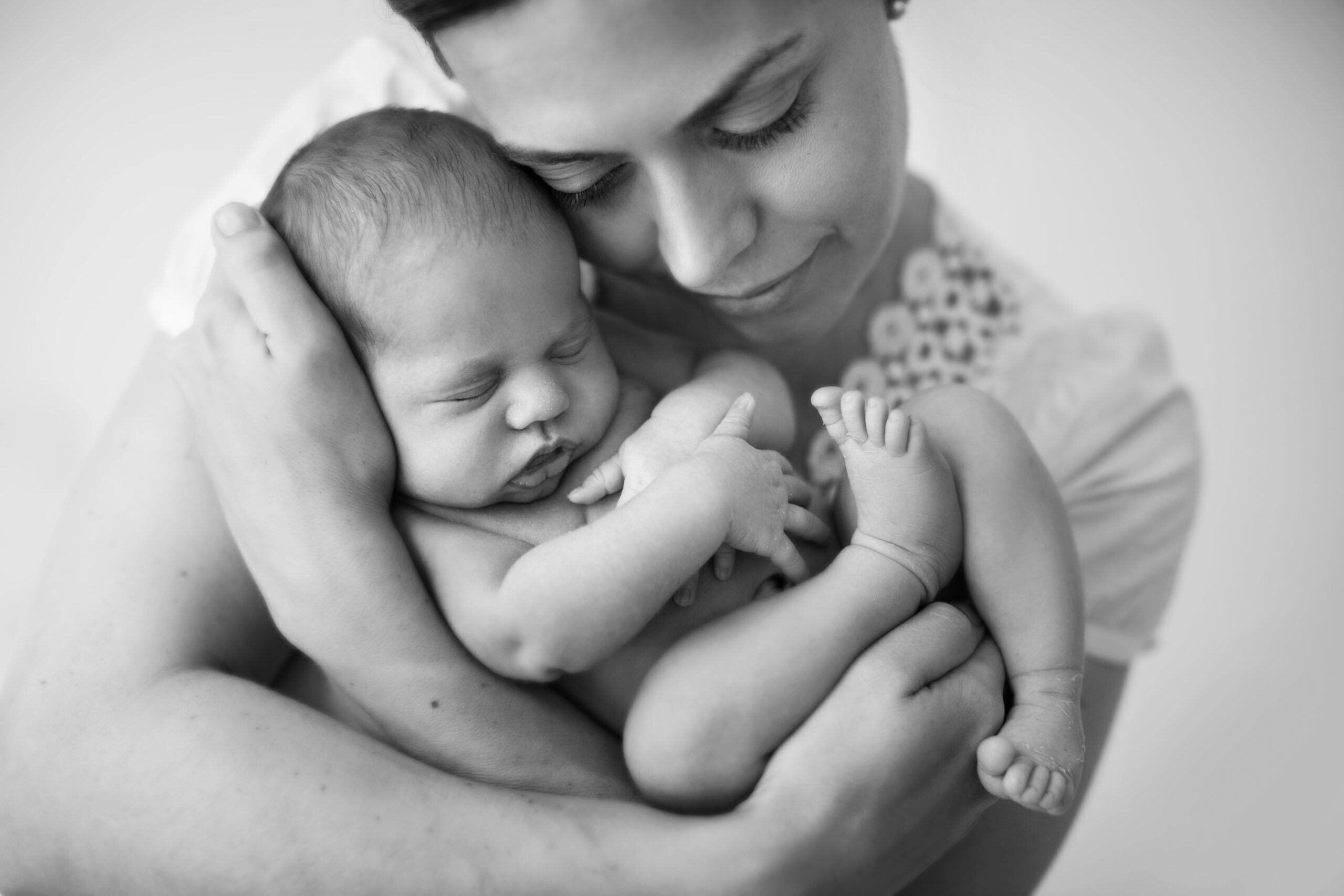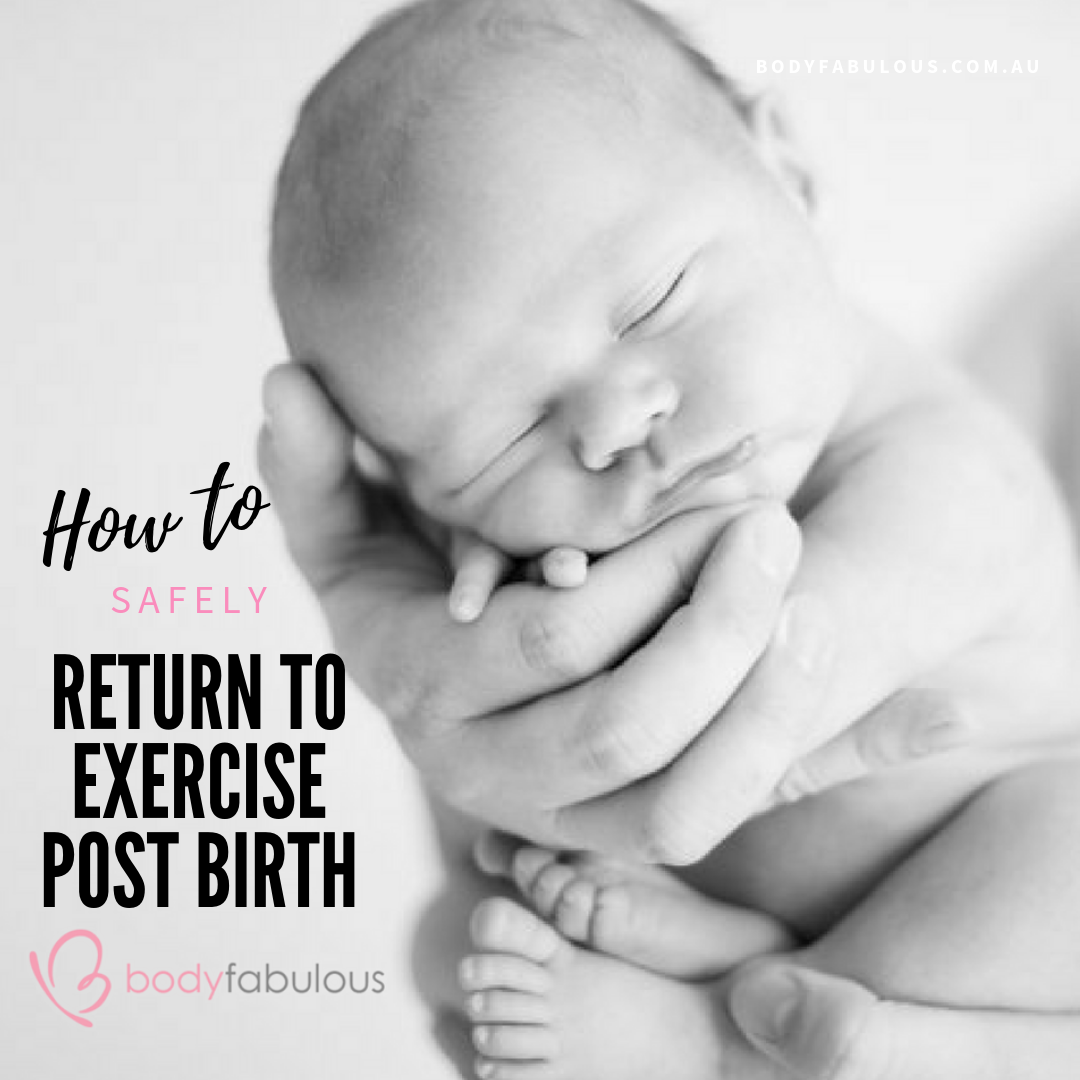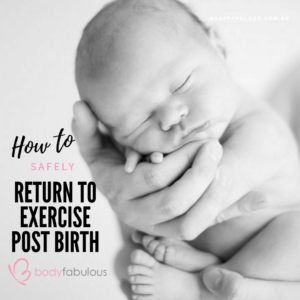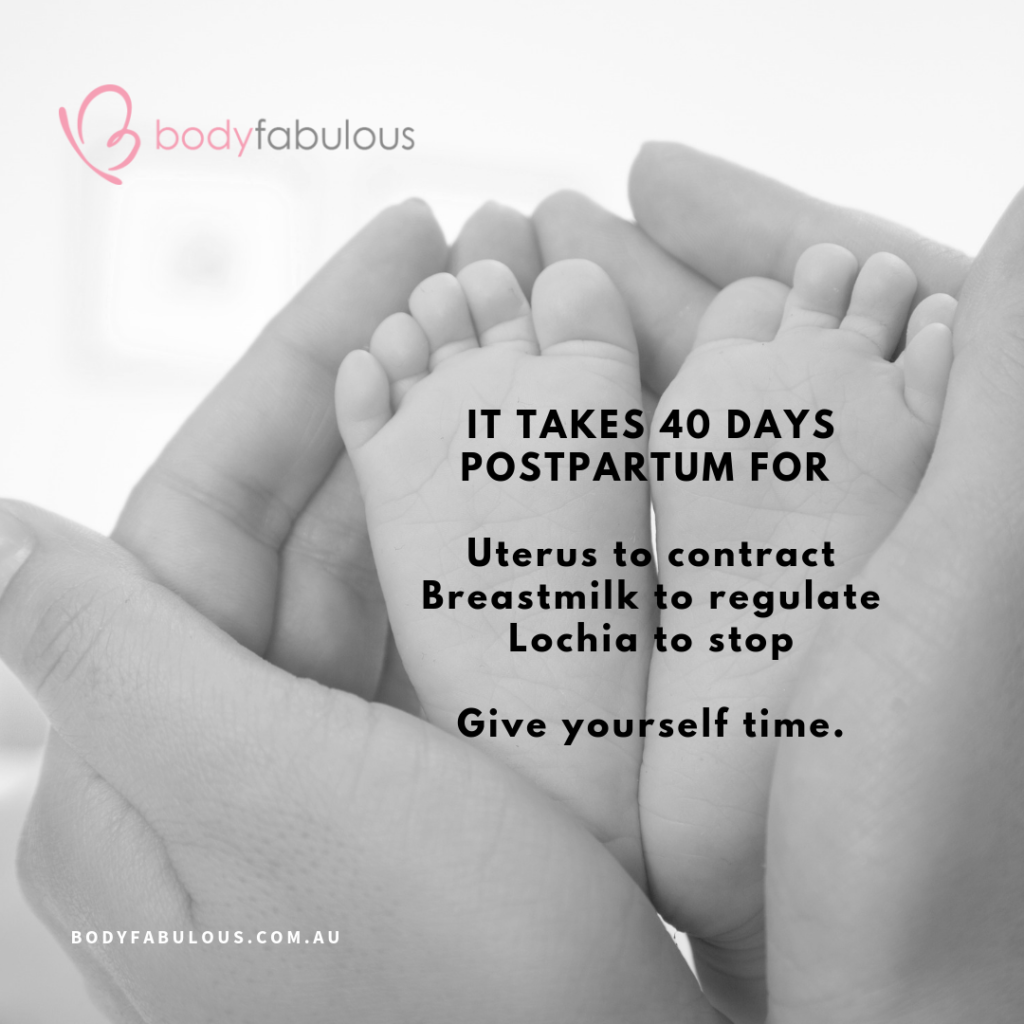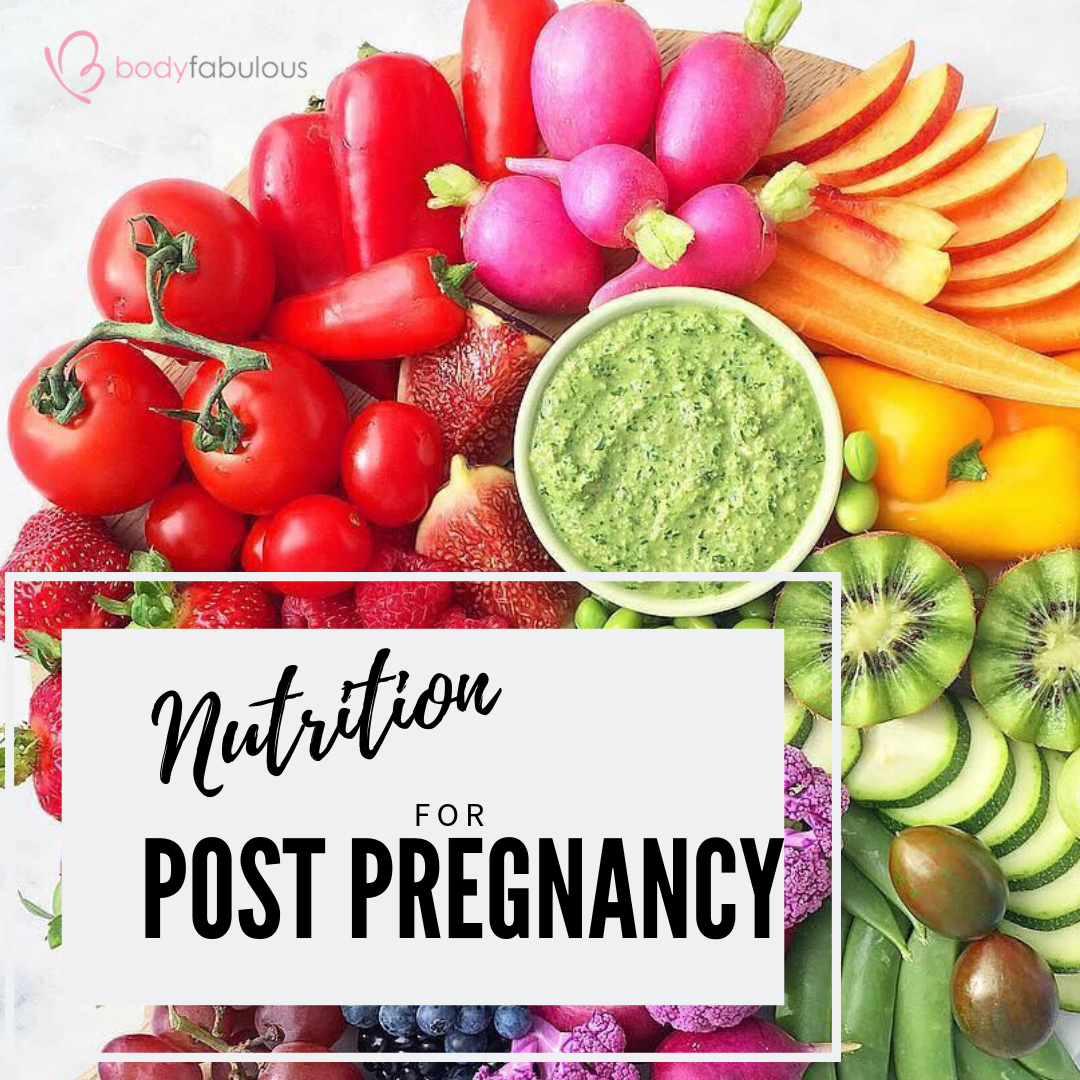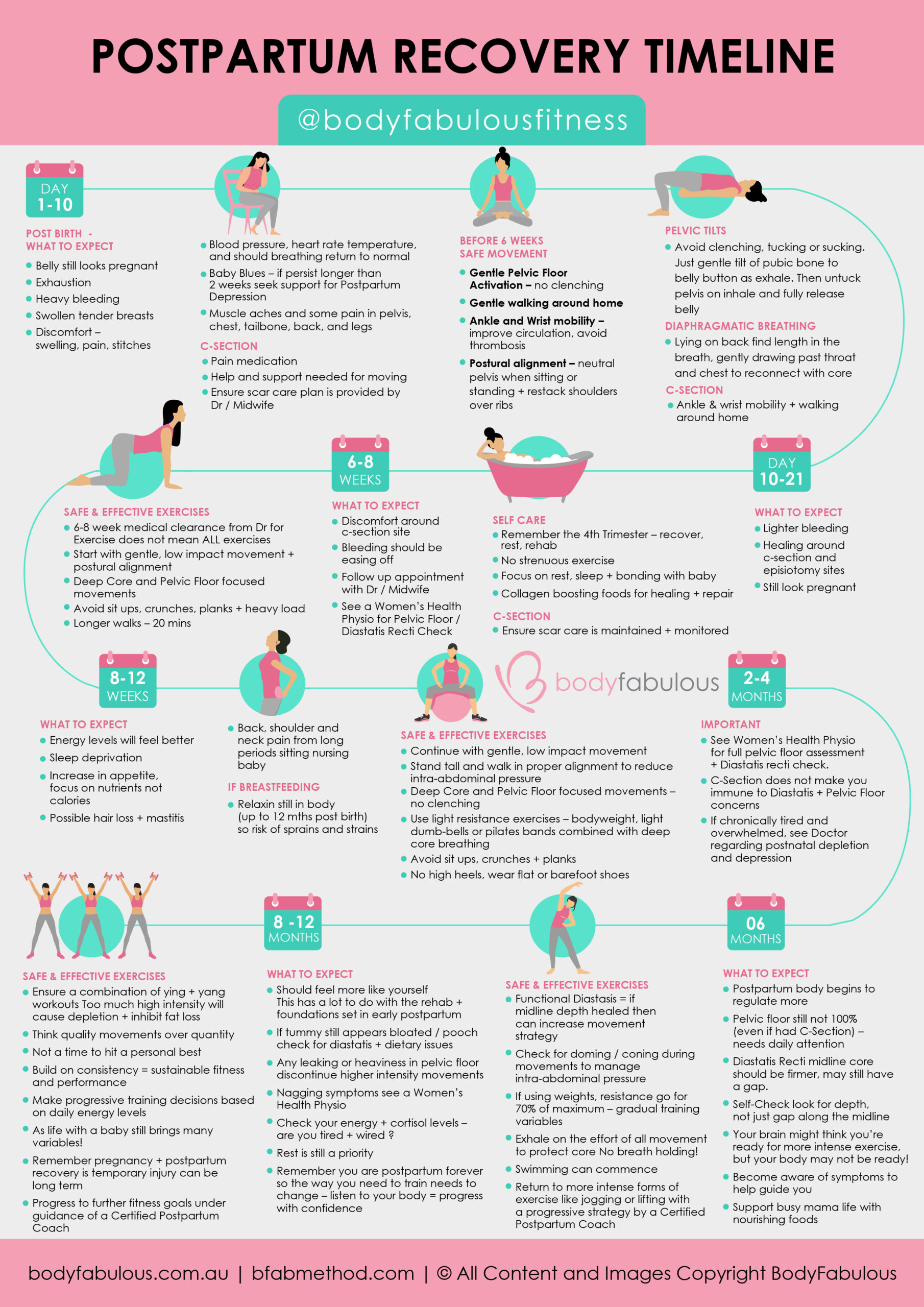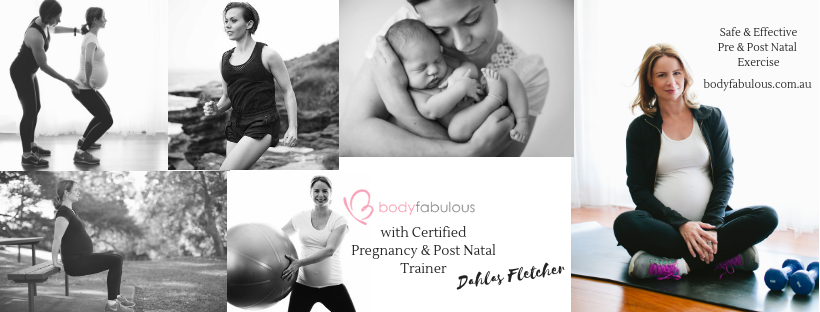You have probably just recovered from the biggest work out of your life – birth ! And despite the challenges of early motherhood you are probably wondering when can I start exercising after giving birth now that I am postpartum? How can I do this safely ?
My 2nd son only 5 days old.
What to discuss with your Doctor at your 6 week postpartum check up
Before you start exercising after birth please make sure you get medical clearance from your Doctor/Health professional. There is also no need to rush into exercise, your body needs at least 6 -12 weeks to heal post birth and it is an important time to connect with your new baby.
At your birth check up please make sure you discuss the following with your Doctor:
- The type of delivery you had and if there were any complications and precautions you need to take.
- Did you have pelvic pain / SIJ pain or hip pain during your pregnancy – has it improved since having the baby ?
- Breastfeeding – how this is going, how your energy levels are and if there are any concerns.
- Are you experiencing any pelvic floor weakness
- Diastatis Recti or abdominal separation – essential to see a Women’s Health Physio at 15 weeks to have this checked.
- Are you suffering from any other medical conditions, complications or injuries
- Your postpartum blood loss – this is called lochia.
- Your energy levels and mood – including baby blues & postnatal depression
- Try to wear a supportive belly brace or bandage or support underwear. This helps you to be more conscious of your posture and gently “switching on” your core during general movement, which help with strength and recovery.
- Keep in mind your body is not going to bounce back immediately, with time and focusing on healing from the inside out you will get there but things have changed with your body. Here is why you are post natal forever.
Exercise recommendations from 6 – 8 weeks postpartum
- The earliest you should return to exercise is 6 weeks post natural delivery and 8 weeks post c -section and episiotomy -following review / clearance from your Doctor.
- Get further details about a C-section recovery in my blog post here
- An effective postpartum recovery is not only about workouts but how you move about in your daily actions – learn more here why you need to exhale on the effort especially when you lift your baby, pram. This will help with your deep core healing.
- Please remember just because your OB/Dr/Midwife gives you clearance to exercise it does not mean you can jump back into any form of exercise. Your body needs to heal from the inside out, with core rehab being a major priority – start with my core training guide here.
- Don’t think that pushing yourself to exhaustion (when you are already exhausted looking after a baby) will get you results. It won’t – here is why.
- If you are attending a Group Exercise Class or Personal Training session make sure you discuss any concerns with your trainer – including pelvic floor weakness, pelvic instability, breastfeeding, back pain etc. If they are not sure on what modifications you should be doing or if it doesn’t feel right when you do the movement – please stop ! Recovery is temporary but damage can be long term
- Urinary Leakage post-birth is NOT ok. Your pelvic floor muscles need time to heal and re-strengthen – so avoid any high impact exercise that will compromise this. Be aware that if you don’t your could end up with a prolapse. Learn here why moves such as burpees, and box jumps are not suitable
- Begin exercising slowly but consistently – aim for 2 times a week and try to build to 3- 4 times a week – remember listen to you body, think slow and gentle, your body is still recovering.
- Try to bond with other new mothers for workouts, it is not only more motivating and fun but you will build a great support network. Like my Facebook Community called the #BFABSQUAD
- Be realistic -Weight gain in pregnancy between 12kg and 20kg is normal – learn here why. Remember it took 9 mths for your body to grow with your baby, so it is going to take at least that amount of time for it to return to its pre-baby shape.
When are you ready to return to more intense forms of exercise post birth ?
- Every woman has a different recovery timeline depending on your birth, sleep, and what sort of movement you have done during pregnancy. Please don’t compare yourself to someone else or how you “think” you should be. Give yourself a contract of NO COMPARISON
- When you have reached 15 weeks postpartum please see a Women’s Health Physio so they can correctly assess your pelvic floor and your abdominal separation – it is not just the gap between your abdominals that needs to be checked but also the depth. Learn here why.
- Remember your joints and ligaments will continue to be more flexible post birth due to the circulating hormones (relaxin) for up to 12 weeks or even up to 12 months after birth. If you are breastfeeding the circulating hormones that affect joint and ligament laxity remain in the system for longer. Because of this be very cautious not to over-strain any of your muscles (including your pelvic floor, this is a muscle !) – take it easy.
- If you suffered from pelvic instablity during pregnancy you need to be very careful about walking and especially running . Keep your movements small and contained. I like to tell my clients – pretend you are wearing a mini skirt while exercising or to start exercising seated on a medical grade fit ball. Read my fitball, stability ball tips here.
- Your pelvic floor is a priority. Incorporate daily pelvic floor exercises from your Physio or Trainer. Avoid any high impact exercise – including running.
- Certain movements can exacerbate pelvic floor weakness (even in cases where a woman does not normally experience weakness). Avoid –high impact jumping, skipping, or landing on both feet at the same time. Instead focus on pelvic floor safe exercises – find out more about my sessions today.
- Remember even if you have pelvic floor weakness many years after giving birth it can still be recovered. Your pelvic floor is just another muscle and with safe and effective exercises it can be strengthened. Speak to a Physio if you have ongoing problems.
- Always wear very supportive clothing for comfort and to prevent injury – ie firm sports bra and correct footwear
- As a general rule – try low impact exercise to begin with, this includes exercise on a stability ball for extra support, resistance training with light weights and swimming.
- As you get stronger you might want to add low impact high intensity interval training (HIIT). Basically this means that you do intense exercise for 30 seconds and then scale back for a short rest (15-90 seconds depending on your fitness level). You don’t necessarily need a gym or have to do high impact exercises to achieve this. Make sure you check with a Physio before embarking on this style of movement.
Try my low impact Pregnancy & Post Natal cardio /weights workout
Here is super effective workout as it raised your heart rate, stimulates your metabolism and only takes 7 mins to complete. This workout can be done with our without weights. As it is a low impact it is a great way to return to exercise post birth – when you are ready. I recommend trying this workout when you are about 15 plus weeks postpartum. If you are any weeks earlier post birth please start with my core training program here.
If you are not sure about the movements and maintaining correct form, why don’t you book in for a session . Or reach out to me in my Facebook Community.
Post Birth Strength and Conditioning.
- Light resistance/weight exercise is a great post baby workout as it is low impact.
- Always start with light weights and listen to your body – it will take time to get your strength back to normal that is ok – remember giving birth is one of the biggest workouts every so recovery time is needed.
- Gradually increase weights week by week or under the guidance of an instructor or trainer.
- Don’t forget as per above you still have hormones in your system which can cause your muscles to strain so go easy and slowly
- Yoga and Pilates are a great option for Post Natal bodyweight resistance training.
Nutrition Post Birth
Prioritising a diet rich in protein, vegetables and lots of healthy fatty acids is vital for postpartum healing. These nutrients are going to help repair your tissues and muscles. Not sure where to start grab my Pregnancy and Postpartum nutrition guide here.
Your diastatis healing, pelvic floor function and c-section recovery are all reliant on your ability to nourish yourself well in this key recovery period. Plus if you are breastfeeding these amazing nutrients are going to help with your baby’s development.
Sleep post birth
Another very important point as part of your recovery is to try to sleep as much as you can. Sleep deprivation throws off hormones in your body that tell your brain when you are full and also inhibits fat loss. So if you are constantly sleep deprived and you are running on adrenaline, you are going to crave sugar, coffee and unhealthy foods – plus inhibit any fat loss. This also has a potentially detrimental effect on your ability to regenerate tissue, heal and return to optimal health.
I know that as a new mother you are often dreaming of sleep. However if you can try to make it a priority and nap wherever possible it will make a big difference, plus you will probably have more energy plus sleep is an important part of post baby fat loss.
Finding time to exercise post birth ?
I more than understand that finding time to exercise is always an issue when you have a baby and for all of you working mothers and mothers of toddlers and newborns it is even more challenging. That is why I offer local mobile personal training and provide YouTube videos.
Believe me when I tell you that I have to fight off guilt and to fit in my exercise. As mothers we put a lot of pressure on ourselves. The thing is I know that even after 5- 10 mins of exercise, I know I come back feeling energised, positive and I am a better mother to my 3 children. So start with just 5 minutes a day and build from there !
If you are working full time, try to get your exercise in on the weekends and if you can 1-2 days during the week. This may mean training while your baby is sleeping or before he or she gets up in the morning. In my early recovery days I made my pelvic floor/safe core exercises plus mobility stretches a priority when my baby napped. Even better join my #BFabSquad and learn some LIVE tips about return to exercise post birth safely and effectively.
Postpartum Recovery Timeline
Remember your body is still in recovery mode and adjusting to its non-pregnant state. You will have your centre of balance shifting again, the hormones of pregnancy will continue to make your joints a bit softer and then you have the constant feeling of exhaustion that can accompany any birth or newborn challenges.
Of key importance is that you travel your OWN recovery timeline. Below is my postpartum recovery timeline infographic – DOWNLOAD YOUR FREE COPY HERE
- Please wait until you’re given the go ahead by your Doctor before you start exercising post delivery.
- Core breathing needs to be made a priority – as you go about your daily movements and when exercising.
- See a women’s health physio before commencing any forms of more intense exercise to have your pelvic floor and ab separation assessed.
- Ensure all your exercises are safe for your pelvic floor and deep core.
- Start small yet be consistent as this is the key to improvement in fitness and reconditioning.
- Maintain a healthy diet and excellent hydration pre and post exercise (especially if breastfeeding).
- Stop exercising if you have pain, increased bleeding, leakage or other complications.
- Think slow and gentle, make sleep a priority as part of your recovery. Less is more and will help with fat loss !
- Returning to your pre pregnancy body can take several months as your body adjusts to hormonal, diet and new motherhood challenges. Have realistic expectations and discuss any concerns with your doctor or certified trainer so they can help you reach your goals.
xx
P.S Learn more about my BFABMETHOD online and commence your safe and effective return to exercise.
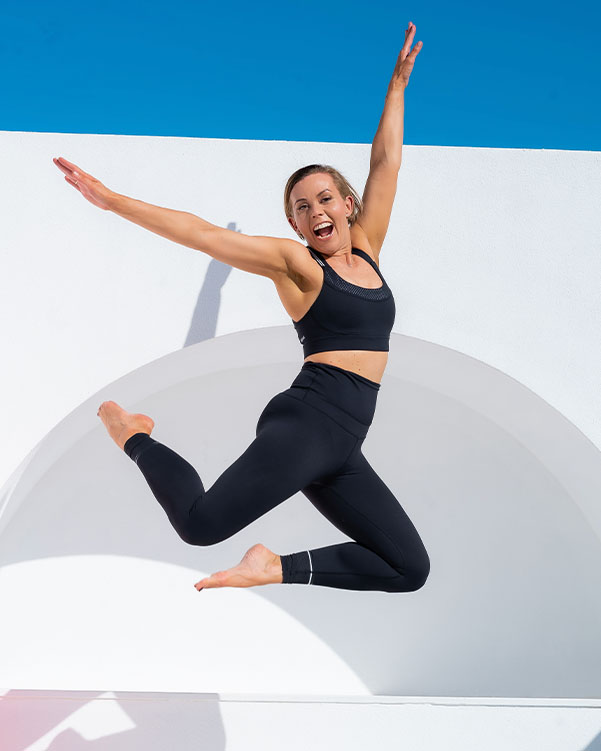
About Dahlas
Dahlas Fletcher is one of Australia’s most respected and successful certified and experienced Pregnancy and Female Fitness Trainers. Her goal is to help you be the happiest, most fabulous version of yourself, inside and out.

